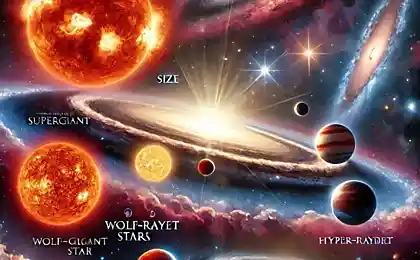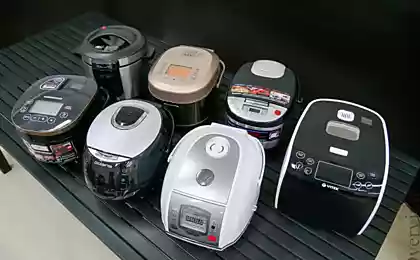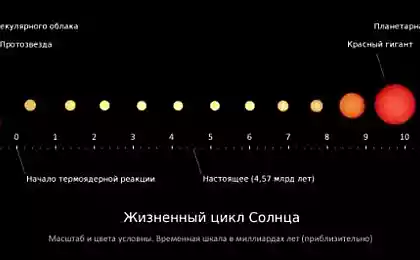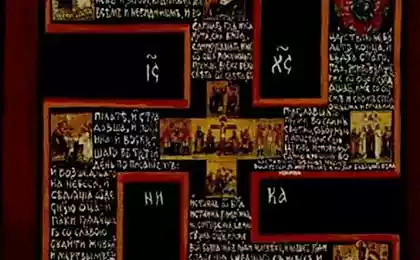595
The temperature of the coldest temperature of the star is equal to a cup of tea
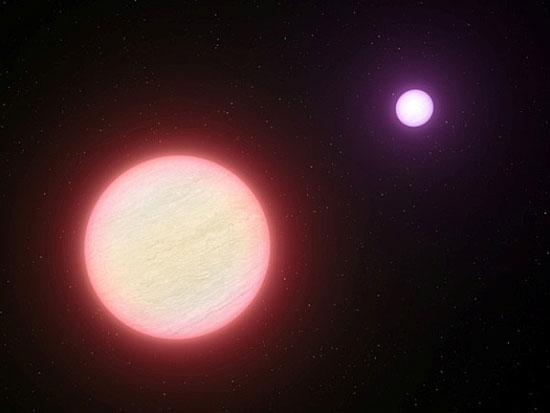
Observation telescopes VLT along with two other telescopes have shown that we have a new candidate for the coldest star - a brown dwarf in a binary system with a temperature equal a cup of freshly brewed tea - hot in human terms, but extremely cold for the surface of the star. This place is so cold that starts to cross the blurry boundary between stars and big hot planets.
In general, a brown dwarf - a failed star. They have enough mass to start the fusion reaction. Just open a brown dwarf CFBDSIR 1458 + 1013 - dimmer component of a binary system located at a distance of only 75 light years from us.
To study the system used a powerful telescope VLT spectrograph. "We were very surprised to see that this object has such a low temperature, but we did not even know that there is in the system, even colder component," - says Philippe Delorme of the Institute of Planetology and Astrophysics in Grenoble, co-author of the study. And now CFBDSIR 1458 + 1013 is the coldest currently known brown dwarf. At this temperature, this star should be absolutely "non-starred" properties approximating it to the giant planets. She may even be water clouds in the atmosphere.
Source: www.nebulacast.com
UPD: With our attentive reader Maxim Chastel, we learned that there is a cold star, discovered later than CFBDSIR 1458 + 1013. If the temperature of the star, which we wrote about a temperature equal to a cup of tea, the temperature of the brown dwarf WD 0806-661 B - slightly higher than room!
Writes "Kompyulenta ': Astronomers from the University of Pennsylvania and the University of California at San Diego found a dim object that is likely to become the coolest known brown dwarfs. The temperature of the new brown dwarf, the designation WD 0806-661 B, is 300 K (about 27 ˚C). Detect it helped observations made in December 2004 and August 2009, using the infrared Spitzer telescope at a wavelength in the 4, 5 m. In other ranges of the camera telescope (3, 6, 5, 8, 8, 0 microns) to register the object fails.
via factroom.ru
The emergence of the myth of mermaids, possibly due to the syndrome siren
If helium makes your voice "cartoonish", the sulfur hexafluoride makes his "villainous"




